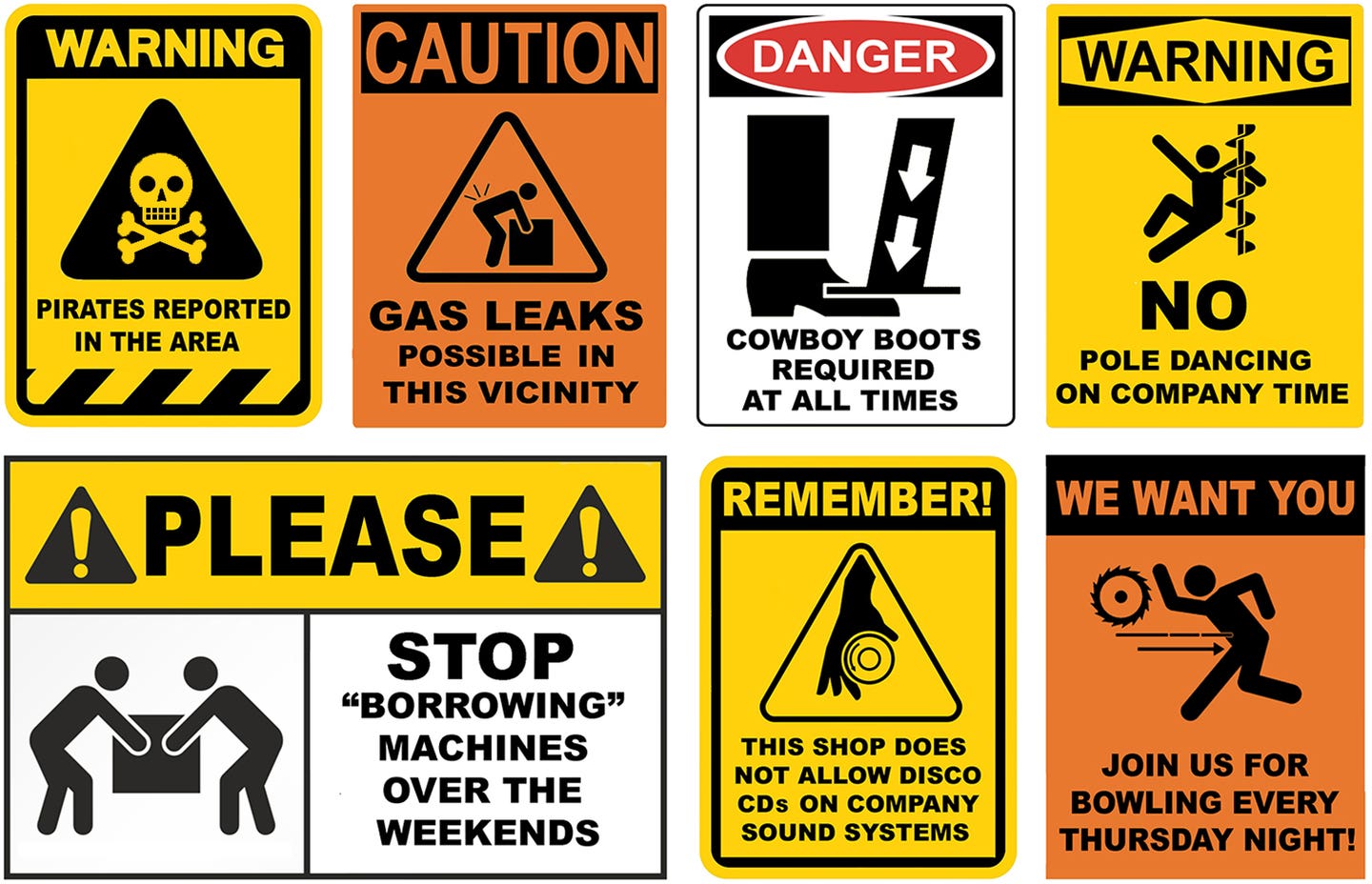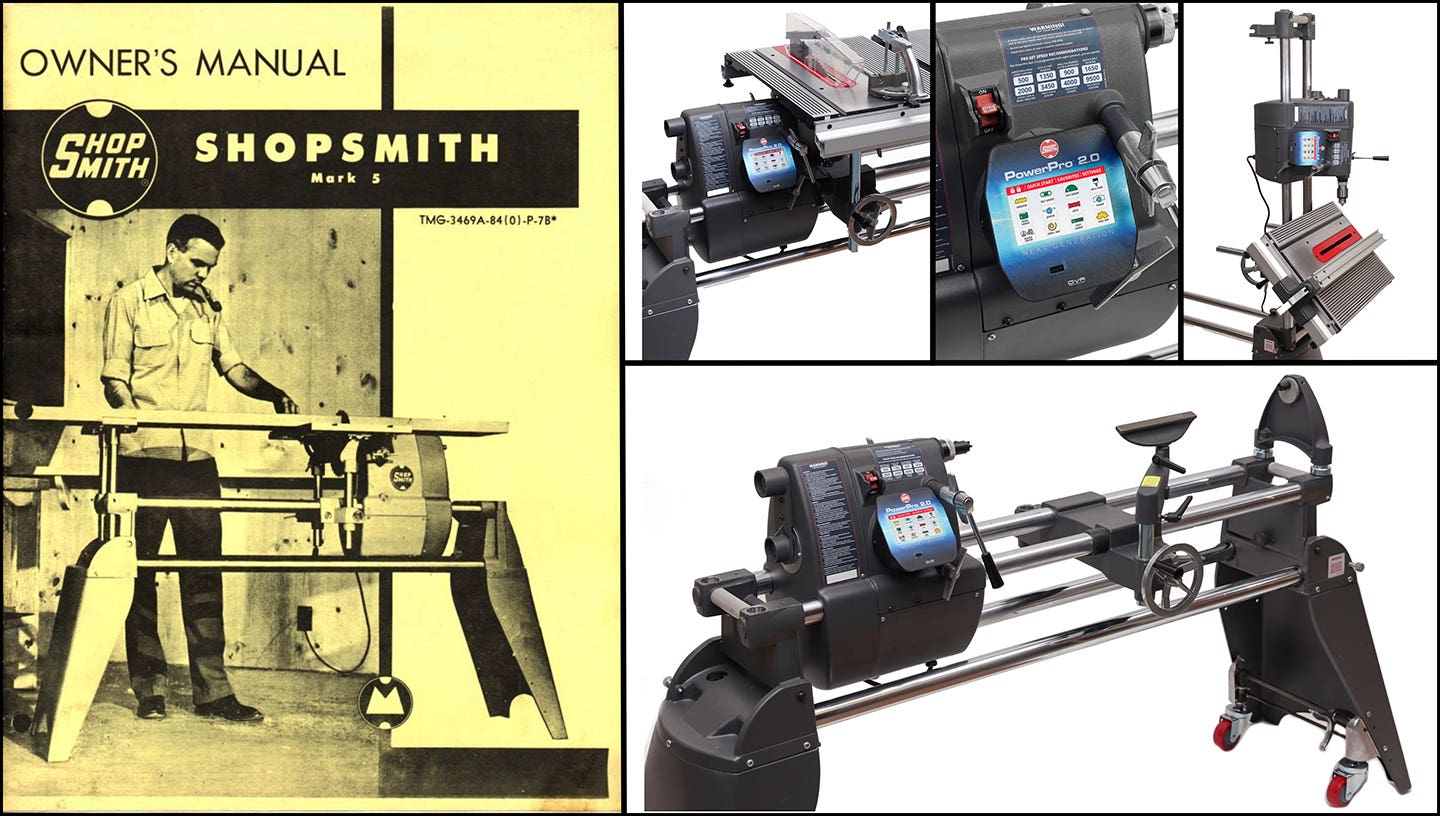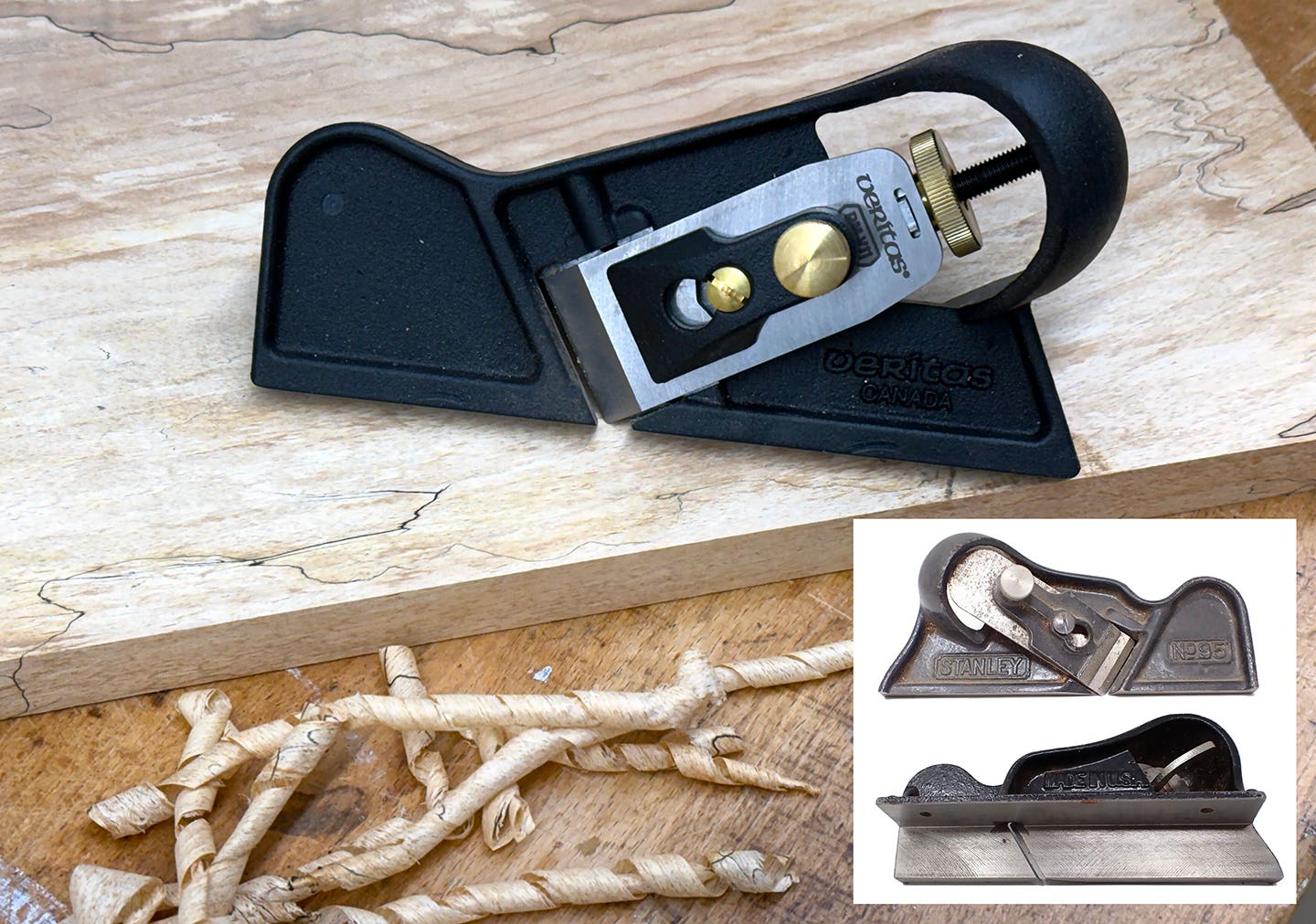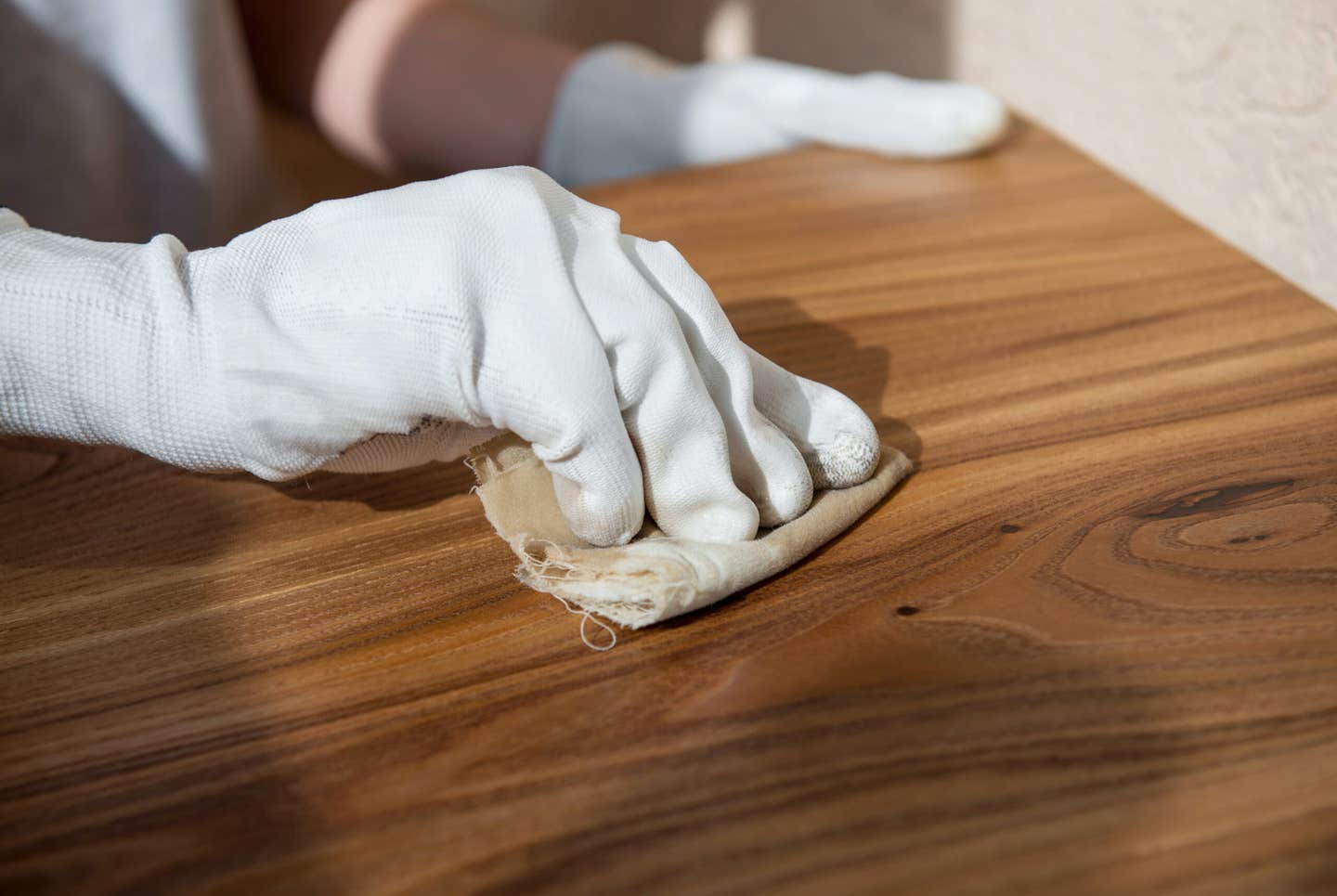Time to maximize deductions
Once again, lawmakers waited until late in the year to pass another tax extenders bill, this time called the Protecting Americans from Tax Hikes (PATH) Act of 2015, and retroactively…
Once again, lawmakers waited until late in the year to pass another tax extenders bill, this time called the Protecting Americans from Tax Hikes (PATH) Act of 2015, and retroactively extending quite a few tax-saving provisions. While many of those extended provisions are quite narrow in scope, such as those for film and theater producers, NASCAR racetrack owners, racehorse owners and rum producers in Puerto Rico and the Virgin Islands, there are many others that will benefit woodshops and their owners.
The so-called Cadillac tax on the high-cost health insurance plans so many professional woodworkers provide themselves and key employees will be delayed from 2018 to 2020. But the big deal for many will be the permanent extension of the Section 179 small-business expensing.
The so-called Section 179 deduction allows a woodworking business an up-front expense deduction for the entire cost of equipment ranging from computers to table saws to CNC equipment and software. The amount allowed as a write-off in the first year (instead of slowly deducting or depreciating over several years), is now permanently fixed at $500,000 per year (phased out dollar-for-dollar as expenditures begin to exceed $2 million in a year).
Bonus write-offs
Originally created as a short-term stimulus measure, bonus depreciation is back, albeit phased out over a five-year period. Bonus depreciation, which permits the immediate deduction of any business equipment expenses, rather than a depreciated tax benefit over time, was extended at the former 50 percent rate for the 2015 to 2017 tax years, phased down to 40 percent in 2018 and 30 percent in 2019.
Making it even semi-permanent allows businesses that spend heavily on equipment, machinery and other business property to reap large up-front tax breaks. Overall tax savings are predicted to be $281 billion over a 10-year period.
Many professional woodworkers will find the bonus depreciation break could be more valuable than the Section 179 deduction because the Section 179 expensing deduction is limited to the taxable income of the business with any excess carried forward. Naturally, losses generated by the 50 percent bonus depreciation can offset other income. They can also be carried back for two years, thereby generating a refund from Uncle Sam.
Energy-efficient shops
A provision in PATH extends through the 2016 tax year, the above-the-line deduction for the cost of energy-efficient improvements made to commercial buildings. A woodworking business can get tax deductions for new or renovated buildings that save 50 percent or more of projected annual energy costs for heating, cooling and lighting compared to model national standards and partial deductions for efficiency improvements to individual lighting, HVAC and water heating or envelope systems.
The tax deduction amount is up to $1.80/sq. ft. and is available to owners or tenants (or designers, in the case of government-owned buildings) of new or existing commercial buildings that are constructed or reconstructed to save at least 50 percent of the heating, cooling, ventilation, water-heating and interior-lighting energy costs.
A partial deduction of $0.60/sq. ft. can be taken for improvements made to one of three building systems — the building envelope, lighting or heating and the cooling system. The partial building improvement must reduce total heating, cooling, ventilation, water-heating and interior-lighting energy use by 16.67 percent.
The work opportunity tax credit
PATH retroactively extended and greatly expanded the Work Opportunity Tax Credit through the 2019 tax year. The credit allows employers who hire members of certain targeted groups to get a credit against income tax of a percentage of first-year wages up to $6,000 per employee ($3,000 for qualified summer youth employees). In situations where the employee is a long-term family assistance recipient, the credit is a percentage of first- and second-year wages, up to $10,000 per employee.
While the maximum credit for a shop hiring a qualifying veteran is generally also $6,000, it can be as high as $12,000, $14,000 or $24,000, depending on factors such as whether the veteran has a service-connected disability, the period of his or her unemployment before being hired and when that period of unemployment occurred relative to the credit-eligible hiring date.
The credit also applies to employers who hire qualified long-term unemployed individuals (i.e., those who have been unemployed for 27 weeks or more). The credit with such long-term unemployed individuals is 40 percent of the first $6,000 of wages.
The built-in gains of S corporations
As the economy improves, many woodworking shops are replacing much of their equipment and other business assets. Unfortunately, many are just discovering a corporate-level tax is being imposed at the highest marginal rate (currently 35 percent) on the so-called “built-in gain” of a woodworking business operating as an S corporation. That built-in gain is usually gains that arose prior to the woodshop operation’s conversion from a regular C corporation to an S corporation and arises when assets are sold. PATH retroactively and permanently provides that, for determining the net recognized built-in gain, the recognition period is a five-year period — the same period that applied to tax years beginning in 2014.
In other words, the built-in capital gains of a corporation that has become an S corporation must be held for five years in order to avoid a conversion capital-gains tax. Permanently reducing the S corporation recognition period for the built-in gains tax will make it easier for incorporated businesses to become Subchapter-S corporations can more fluidly change the status of their business entity to respond to changing market conditions.
Which of the many business-related provisions of the PATH Act of 2015 will best help your woodworking business reap its share of the anticipated $622 billion in tax savings? Obviously, because of the complexity of the new law, professional assistance might be required to maximize write-offs for the 2015 tax year as well as in planning to take advantage of all the benefits your shop is entitled to in the years ahead. But the time for every woodworking professional to plan and to maximize deductions is now.
This article originally appeared in the February 2016 issue.







